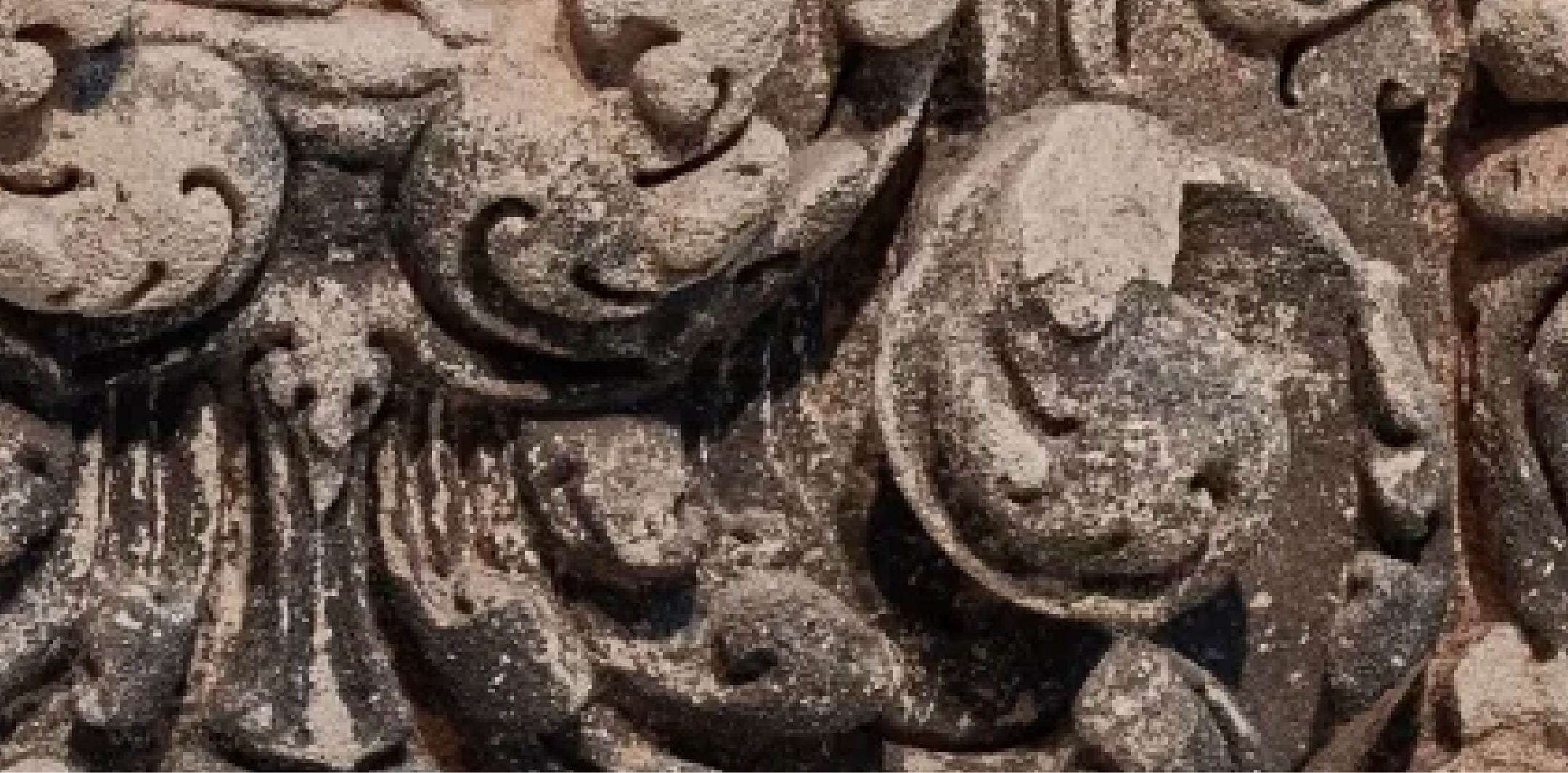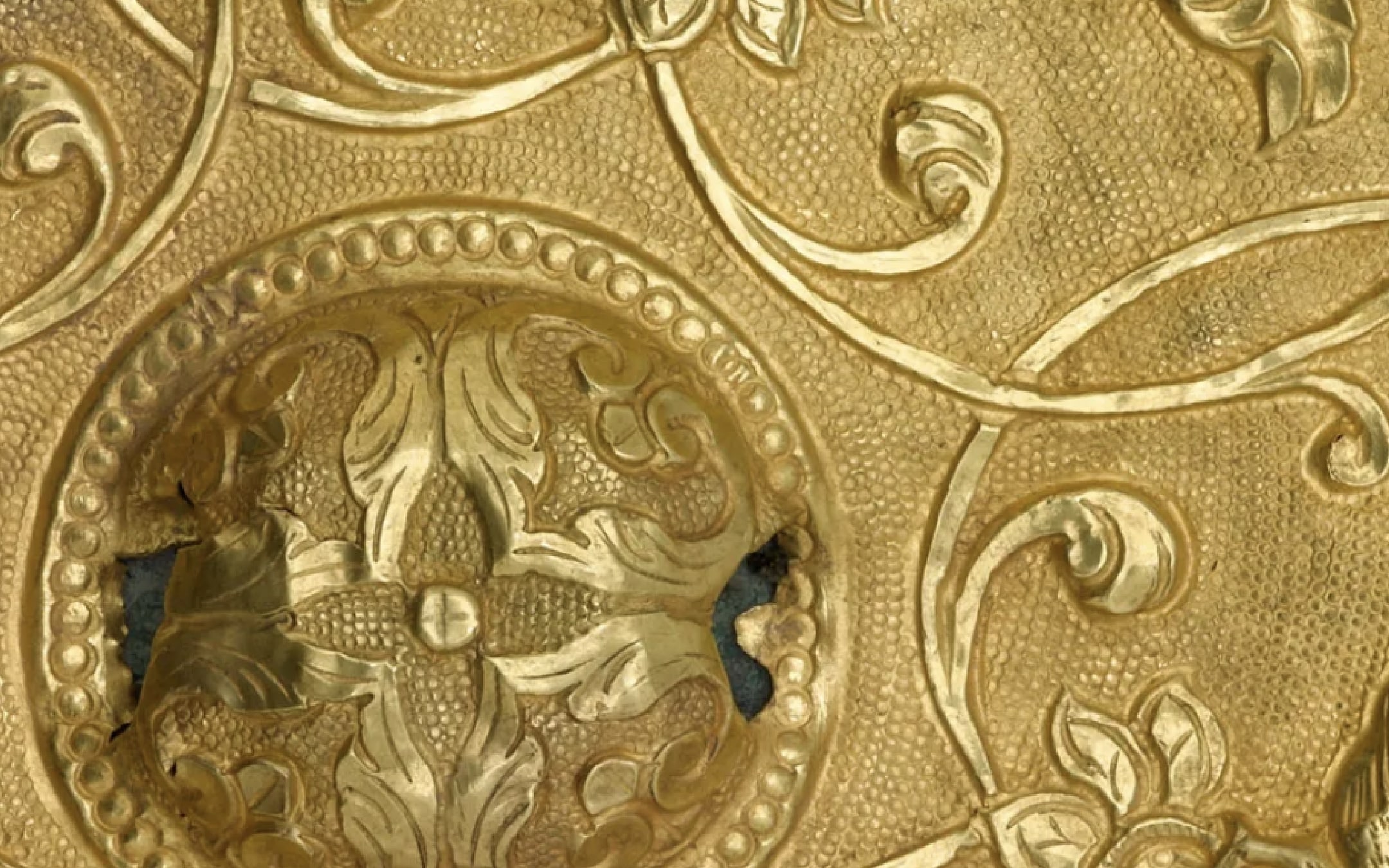斎藤清
(1907–1997)
SAITŌ Kiyoshi

I work to create painting without a brush, using the flat surface of the plate instead.
Saitō Kiyoshi was a central figure in the sōsaku hanga movement. His work is characterized by a mix of modernist art styles with stereotypically Japanese subjects. He experimented with different printmaking effects and is particularly known for his use of woodgrain patterns. Born in Aizubange, Fukushima prefecture, he moved with his family to Hokkaidō as a child. He worked as a commercial sign painter before moving to Tokyo to pursue a career in Western-style painting (yōga). In 1936, he began making woodblock prints, producing the first in his lifelong Winter in Aizu series. Saitō met Onchi Kōshirō while working as a designer at The Asahi Shimbun newspaper and began to frequent Onchi’s group, the Ichimokukai (First Thursday Society). Saitō’s print Steady Gaze won the Expatriates Japanese Prize at the São Paulo Biennale of 1951, surprising Japanese critics who expected works from more established categories of art, such as painting, to win. An important moment in the history of sōsaku hanga, this led to international recognition of Saitō, and in 1956, he was sponsored by the State Department and the Asia Foundation to travel and exhibit around the United States and Europe.


